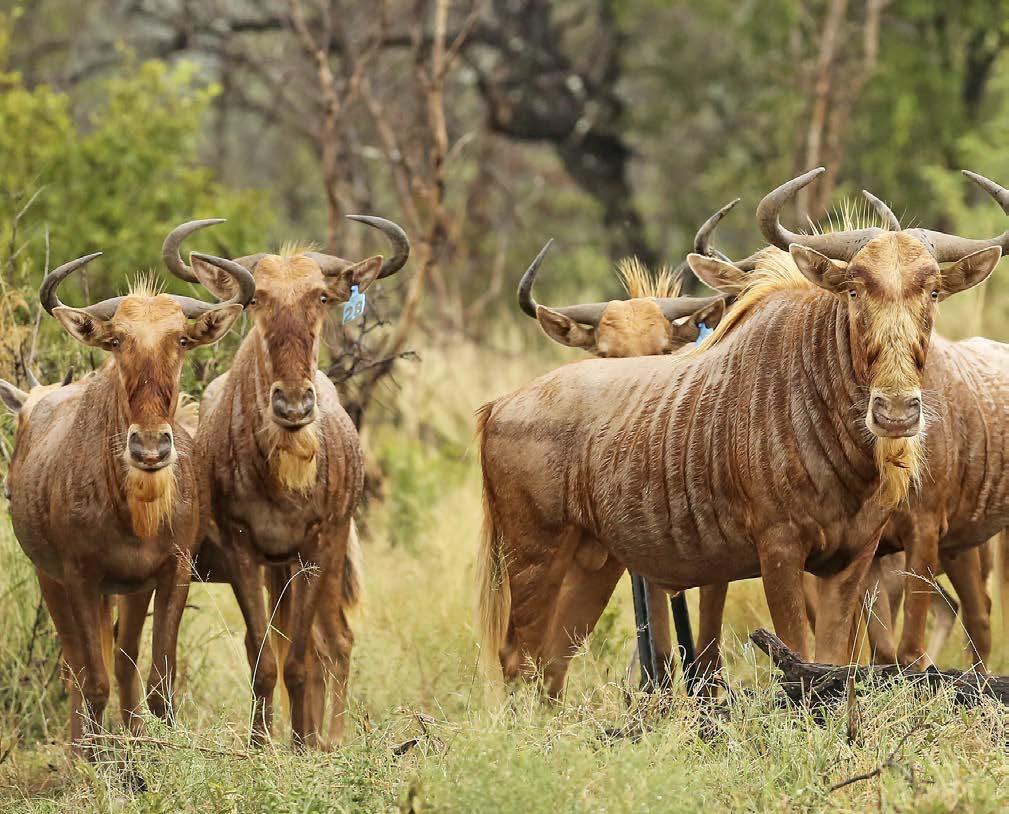
1 minute read
Communication and services stakeholder perception survey COMMUNICATION – HIT OR MISS?
by WCDOA pubs
by Petro van Rhyn
WWhat you can’t measure, you can’t manage, right? With this in mind the Western Cape Department of Agriculture (WCDoA) set out to gauge how visible and accessible its communication channels and services are amongst its stakeholders.
The department provides a wide range of development, research and support services to the agricultural community in the Western Cape. Furthermore, the department makes use of an extensive number of platforms to communicate and engage with various stakeholders. Consequently, the need had arisen for research to gauge the effectiveness of its communication platforms. The study is the first of its kind conducted by the WCDoA and therefore should be seen as a pilot study.
The overall objective of the research was to understand stakeholder awareness, usage, perceptions and preferences for the department’s communication platforms, programmes and services. The stakeholders of interest included smallholder farmers, commercial farmers, agri processors, extension/advisory officials (from the department itself) and commodity organisations.
Demographics of respondents
• The largest proportion of smallholder farmers (29%), commercial farmers (36%) as well as advisory/extension officials (42%) were based in the Cape Winelands, while agri processors were more likely to be located in the city of Cape Town (45%).
• Among commercial farmers (64%), advisory/extension officials (67%) and commodity organisations (86%), the largest proportion of respondents was male, while smallholder farmers (58%) and agri processors (65%) were more likely to be female.
• Farmers, in general, tended to be middle aged (46 to 60 years). However, smallholder farmers (15%) were more likely than commercial farmers (5%) to be older than 65 years of age. Agri processors were more likely to be 26 years and younger (42%), compared to smallholder farmers (11%) and commercial farmers (18%).
• Regarding population group, almost two-thirds of smallholder farmers were coloured (65%). In contrast, for all other stakeholder groups, most participants were white.
• Most respondents from smallholder farmers (69%), advisory/extension officials (73%) and commodity organisations (71%) were Afrikaans home language speakers. In contrast, more than two-thirds of agri processor respondents were English (68%).
• Of smallholder farmers that took part in the survey, more than half farmed with vegetables (51%) followed by a quarter that farmed with mutton/pork (26%). The produce of commercial farmers was quite evenly distributed between several products, whereas, for agri processors, the largest proportion produced beer (21%), followed by wine (18%).
Results
The communication channels were split in two: passive communication (printed, online or broadcast mediums), and active communication (channels of direct and personal communication).
1 2
In terms of passive communication, the department’s website (www.elsenburg.com) seemed to be the most popular form of communication for most. However, smallholder farmers still preferred traditional mediums like brochures, newsletters, books/ manuals and newspaper articles.
Active communication channels proved to be more commonly known by the










